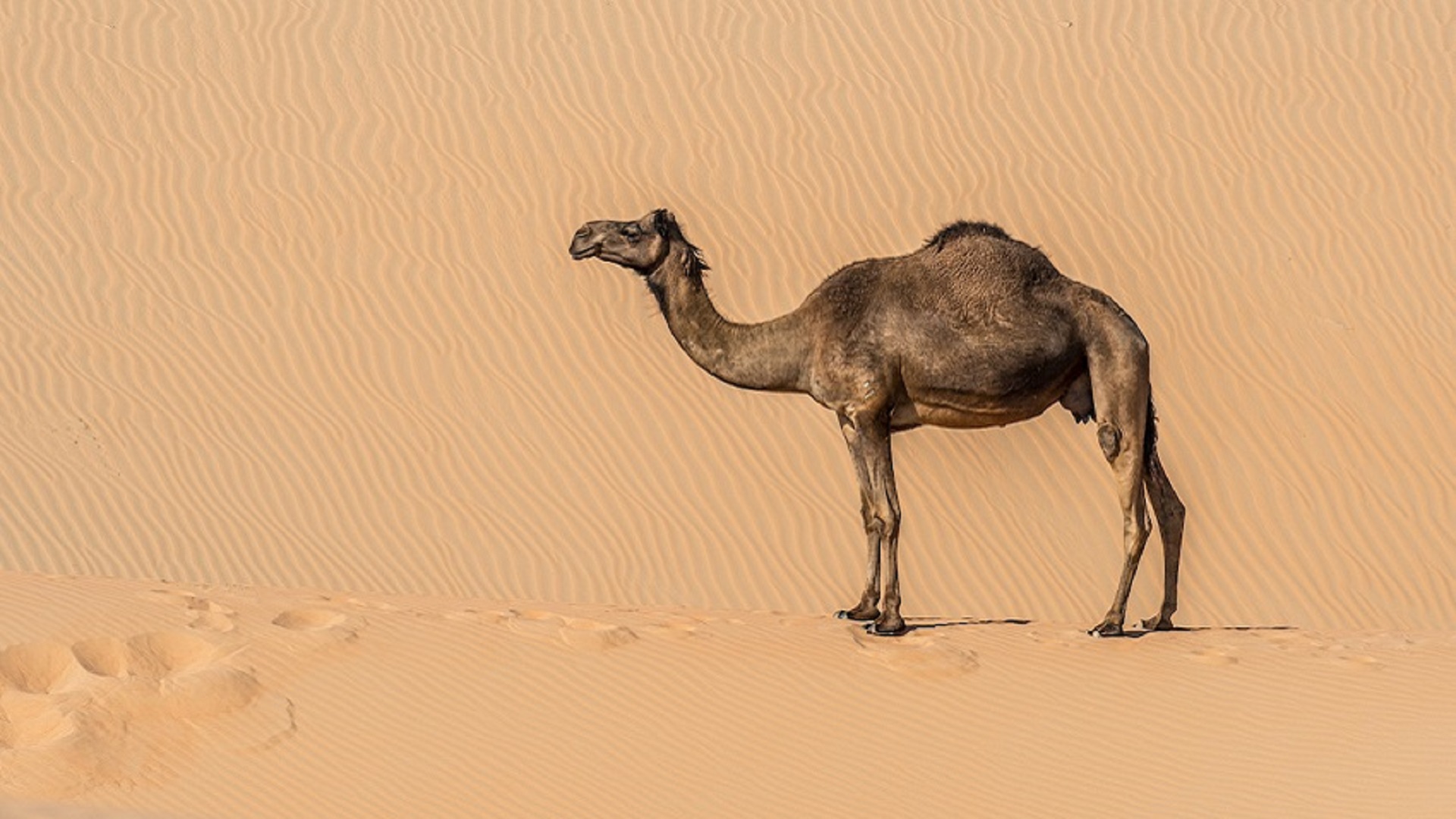The two-layer thing may work for technology too.
This fascinating article shows an efficient cooling technology that combines chemistry with the biology of camels in the desert. It is suitable for Year 6 Biology students learning about how camels survive in the desert, and Year 6, 7, and 8 Chemistry students learning about materials production.
Word Count: 329

US scientists have developed a bi-layer passive cooling technology they say is inspired by the way camels stay cool in the desert sun.
The bottom hydrogel layer acts like sweat glands, lowering the temperature through evaporating water, while the top aerogel layer functions like fur, insulating against outside heat while letting water vapour pass through.
And according to a paper in the journal Joule, it keeps products cool five times longer than conventional single-layer approaches.

“While previous passive cooling research focused on mimicking the evaporation from sweat glands in mammals, in this work we identified the crucial role of the fur insulation,” says senior author Jeffrey Grossman, from Massachusetts Institute of Technology.
“By mimicking the dual fur/gland system in camels, we designed an evaporation-insulation bilayer, which, like for the camel, allows for a significant extension of the passive evaporative cooling time for the same amount of water consumption.”
Grossman says zoologists have reported that a shorn camel has to increase the water expenditure for sweating by 50% in the daytime compared to the one with a natural woolly coat.
To mimic a camel’s fur layer, he and colleagues synthesised highly porous, hydrophobic silica aerogels with about half the thermal conductivity of air, then combined them with hydrogels.
In tests, a single hydrogel layer maintained a slightly lower temperature, they report, but their bi-layer design (five millimetres of each) kept its temperature for 200 hours before its moisture was depleted and it needed to be recharged, compared with 40 for the single layer.
As is so often the case, scalability is an issue: the material cost of aerogel is low but “the manufacture cost is currently the bottleneck”, says Grossman.
But if they can overcome that hurdle, the researchers see great potential in a material that can keep objects cool for extended periods without electricity.
“It can also potentially assist thermal management of buildings where the demand for cooling has rapidly increased,” says Grossman.
Years: 6, 7, 8
Login or Sign up for FREE to download a copy of the full teacher resource





